Embracing the chill of an ice bath may seem daunting, but the benefits are compelling, especially when it comes to muscle recovery and reducing inflammation. With the rise of home ice bath solutions, what was once exclusive to athletes has now become readily available for you to experience. The cool embrace of the water works to dull pain receptors and curb swelling, offering a natural and effective relief that could become an integral part of your well-being routine.
A dive into cold water post-exercise isn't just about the initial shock; it's scientifically supported to aid in muscle repair and boost cellular energy renewal. Research has highlighted how regular cold water immersion following intense workouts can be crucial in helping your muscles bounce back faster, readying you for your next challenge.
Key Takeaways
- Ice baths can significantly aid in muscle recovery and inflammation management.
- Home ice baths provide a convenient and natural method for pain relief.
- Scientific research backs cold therapy as a beneficial post-exercise practice.
Grasping the Essentials of Cold Water Therapy
Ice baths invite you into a chill yet beneficial ritual where your body takes a plunge into icy waters. Playing a role in muscle recovery and pain relief, this age-old practice also aids in stress reduction.
Submerging yourself in cold temperatures causes your blood vessels to narrow, which lessens swelling and discomfort; a reason why it's a favourite amongst athletes for post-workout care. The dip in temperature can also alleviate muscle soreness and stiffness.
Here's a glance at some notable impacts:
- Reduces inflammation and swelling
- Alleviates pain
- Assists in healing
- Improves blood flow
An increase in circulation isn't the only upside. Encountering the brisk embrace of an ice bath may also trigger your body to release feelings of wellbeing, thanks to a boost in endorphins. Those grappling with anxiety or depression might find ice baths especially uplifting.
However, if you have certain health conditions like heart disease, a conversation with your GP before starting is wise. Caution and gradual introduction are key to avoiding a jolt to your system.
Remember, ice baths are potential allies in your journey to better health and swifter recuperation. They're not just for the seasoned athlete; even if you're not breaking personal records, the chance for improved wellbeing awaits in the crisp waters of cold therapy.
The Underlying Mechanics of Cold Water Immersion
Engaging in an ice bath may offer you numerous advantages. During this experience, your blood vessels undergo vasoconstriction, a tightening process that reduces blood flow to your peripheral areas to preserve internal heat and maintain your body temperature.
- Benefits: Alleviates inflammation; enhances circulation
- Impact Area: Muscles and central nervous system
- Mechanism: Constriction of blood vessels, central nervous system stimulation
Empirical evidence indicates that cold exposure, such as taking an ice bath, might lead to a decrease in inflammation and subsequent health benefits. If you're an athlete, you'll find these baths may aid recovery by easing muscle soreness. By promoting vasoconstriction, these baths help lessen tissue swelling.
The central nervous system also reacts to the chill of an ice bath. Your vagus nerve is activated, potentially bringing about a relaxed state and heightened digestive efficiency. Embracing the cold could help you manage stress and bolster your overall health.
However, one must exercise caution: avoiding extended exposure is crucial to prevent overcooling. You're advised to limit your immersion to less than 10 minutes and keep an eye on your core temperature, ensuring it doesn't drop dangerously low. Utilising ice baths safely is paramount—begin with brief exposures and gradually increase as tolerated.
A 2017 study backed by a systematic review suggests the effectiveness of ice baths, yet it remains important to carry out this practice under the right conditions, particularly under guidance if you are inexperienced.
Potential Benefits of Ice Baths at Home
1. Reduced Muscle Soreness
Diving into an ice bath can significantly lower inflammation and discomfort after intense physical activities. The icy environment works by narrowing blood vessels, which diminishes swelling and allows muscles to return to normal more quickly.
2. Boosting Post-Exercise Recovery
Ice baths encourage a lighter form of recuperation known as active recovery. By reducing inflammation and aiding in the return of blood to your muscles, this chilly therapy may alleviate muscle soreness, helping gym-goers to bounce back faster.
3. Enhancing Heart Health
The chilly plunge has the potential to lower your heart rate and blood pressure, which has benefits for your heart health. The cold can also increment your endurance during resistance and aerobic workouts, as it helps in easing fatigue and muscle soreness.
4. Managing Persistent Discomfort
For those contending with ongoing pain, an ice bath may lessen the severity of their discomfort. It's a comprehensive approach to numb pain—always seek advice from a healthcare provider before starting, to determine if this is the right approach for your pain management.
5. Supporting Physical Rehabilitation
In a therapeutic setting, ice baths are utilised to aid with soothing inflamed tissues, boosting circulation, and fostering muscle healing. Under careful supervision, they could be a valuable element in physical therapy protocols.
Embedding an icy water immersion into your routine could assist in managing post-workout discomfort by mitigating delayed onset muscle soreness. Plus, it might support your journey towards muscle growth, as it helps control levels of creatine kinase, a marker of muscle damage.
Psychological Impact of Cold Water Immersion
6. Easing Tension and Stress
When you immerse yourself in chilly waters, a rush of adrenaline may incite the body's innate 'fight or flight' mechanism, leading to a surge of endorphins. These natural chemicals play a key role in lessening stress and anxiety, helping you to feel more tranquil and composed. Participants often report a sense of peace following an ice bath, pointing to its potential as a practice for stress management.
7. Sharpening Mental Clarity
The initial shock from submerging in an ice bath might act as a mental reset, similar to the effects of a brisk cold shower upon waking. Sharpening your alertness and concentration, the cold can contribute to a clearer mind, offering a potential jumpstart to the day or a way to regain focus when feeling scattered.
8. Emotional Equilibrium
Engaging regularly in ice baths could offer avenues for mood enhancement. By potentially easing symptoms linked with anxiety and depression, the practice supports a more stable and positive mental state. The release of endorphins also contributes to a lift in spirits, offering a natural boost to your emotional health.
9. Calming the Mind
The cool embrace of the water can be a precursor to a relaxing state, conducive to easing into sleep. It's said that the cold helps to diminish muscle tension and foster a state of calm, which might prove beneficial for those facing sleep challenges, such as insomnia, or for enhancing overall relaxation before bedtime.
Embarking on a routine of ice baths may seem daunting, yet the potential psychological benefits suggest significant rewards. Not only could it aid in your physical recovery, but it may also enhance your overall sense of mental well-being.
10. Restorative Benefits of Ice Baths for Sleep
Immersing yourself in cold water through ice baths may enhance the quality of your sleep. Studies have linked cold water immersion to an increase in slow-wave sleep, which plays a critical role in your body's recovery process and improves mental and physical health.
- Regeneration: Your brain and body repair themselves during slow-wave sleep.
- Immunity: It fortifies your immune system, pivotal for maintaining health.
Furthermore, engaging in an ice bath could lead to a decrease in your core body temperature, a factor associated with improved sleep quality as per research published in Sleep Medicine Reviews. However, timing is crucial; an ice bath too close to bed may disrupt sleep.
- Body Temperature: Ice baths may lower core body temperature, aiding sleep onset.
- Timing: Aim for at least 90 minutes before bedtime to allow body temperature normalisation.
Incorporating ice baths into your evening routine might just be what you need for better sleep. But there's more to the story—explore further to learn about aligning this practice with your lifestyle effectively.
11. Ice Baths and Weight Management
Incorporating ice baths into your wellness routine could aid in managing your weight. Studies have shown an intriguing link between submerging in chilled water and the activation of brown adipose tissue (BAT), which is your body's natural furnace for calorie burning. This process happens as the BAT warms your body, potentially giving your metabolic rate a boost, which might contribute to weight loss.
- Brown Adipose Tissue Activation: Exposure to cold through ice baths can increase your metabolic rate by activating BAT1.
- Conversion of White to Brown Fat: The chilly conditions may promote the production of irisin, assisting in the transformation of white adipose tissue into BAT2.
- Insulin Sensitivity: Regular cold plunges may enhance how your body utilises insulin, contributing to weight control3.
While the prospect of shivering your way to weight loss can be appealing, it’s essential to balance this with a nutritious diet and consistent exercise. Ice baths alone aren't a silver bullet for shedding pounds but could be a supplementary component in a well-rounded regime.
Before you consider ice bathing as part of your weight management strategy, it's advisable to discuss this with a healthcare professional. Also, stay tuned, as we further explore the intersection of wellness practices and daily health.
Footnotes
12. Benefits to Your Immune Defences from Cold Plunges
Taking a cold plunge could be more than just a test of endurance; it might offer a boost to your body's defence mechanism. Each dip in chilly waters could stir up a higher count of white blood cells, your personal guardians against ailments. These cells are your front-line defence, warding off invaders to keep you healthy.
Additionally, embracing the shiver-inducing experience might reduce inflammation, which is your body's natural remedy process. When inflammation lingers too long, however, it might tire your defences out, making you vulnerable to illness. Cold immersion acts as a check on inflammation, fostering resilience in your immune health.
Remember, this doesn't replace medical advice or treatments. Before diving into an icy routine, it's wise to consult with a healthcare professional. Cold water immersion should complement your health practices, not replace them.
Curious about other perks of enduring the cold? There are hints that it might affect your inflammatory response and even the cold shock response—but what could this mean for your overall vitality? Keep reading to uncover more.
Remember, all details are given in Celsius (Fahrenheit) ensuring clarity for your understanding.
Handcrafted vs. Factory-Engineered Ice Baths
Handcrafted Ice Bath
When opting for a handcrafted ice bath, you're choosing a budget-friendly method to integrate cold therapy into your routine. You might find yourself utilising a familiar bathtub or an inventive contraption like a converted plastic chest or even a repurposed wheelbarrow filled with water and ice. It’s certainly a thrifty way to submerge into the world of cold therapy.
-
What’s in your pocket:
- You likely have most of what you need already.
- Costs are minimal.
-
Practicality:
- Requires manual effort to set the right temperature (ideally 0-10°C (32-50°F)).
- May not sustain consistent cold temperatures.
However, the challenge lies in temperature regulation, which can impact the effectiveness of your cold plunge. And while durability is another concern, these makeshift solutions serve well as an intro to cold therapy at home.
Factory-Engineered Ice Bath
Opting for a factory-engineered cold plunge tub brings forth convenience and precision in temperature control, providing a more consistent cold exposure experience. It's a purposeful wellness investment designed to last and fit seamlessly into the comfort of your home.
-
Durability & Quality:
- Robust materials for longer lifespan.
- Professionally assembled to withstand regular use.
-
Temperature Mastery:
- Precise temperature management (aim for 0-10°C (32-50°F) with ease.
- Baths engineered for cold therapy ensure a consistent submerge experience.
While these units often come at a higher price point and could occupy more space, they are tailored for efficient and effective cold exposure. You’ll find the trade-off is a more dependable and potent cold therapy session, but it does require a considered investment and some dedicated space.
Deciding between a handcrafted approach or a factory-engineered solution involves assessing your personal expenditure limits and space allowances. There's a trade between the initial outlay versus long-term sustainability and ease. Stay tuned as further in the article, we’ll explore how to make the most of whichever option you choose.
Setting Up a Home Ice Bath
Before you begin, ensure your bathtub is of an adequate size to envelop your whole body. A deep tub is preferred for a comprehensive ice bath experience.
Start by filling your tub with cold water. To gauge the water temperature accurately, you'll want to have a thermometer handy. Your target is to maintain the water temperature between 10°C (50°F) and 15.5°C (60°F). Do remember, temperatures below 10°C can pose safety risks, so keep vigilance.
As for the ice, initial quantities should be modest. Gradually introduce more ice cubes to bring the water to your desired chill. Remember to stir the water to ensure the coolness is evenly dispersed.
Once you achieve the temperature range, it's time to submerge yourself. Always keep watch on how your body is reacting; a timer is essential to ensure you do not exceed 10-15 minutes, to prevent the risk of hypothermia. Should you feel any discomfort, do not hesitate to exit the bath.
For more details on aftercare post-ice bath, head to the section on Warming Up After an Ice Bath.
Celebrities who Ice Bath
Lady Gaga often utilises ice baths to recover post-performance, showcasing how celebrities are embracing this wellness trend. Harry Styles also incorporates them into his routine, emphasising the diverse adoption of cold therapy.

Prominent figures from the wellness community to social media influencers are endorsing ice baths. They highlight potential benefits such as enhancing immunity, diminishing inflammation, and promoting a sense of wellbeing.
Research suggests benefits like improved muscle recuperation and mood enhancement from cold exposure. Ice baths may also serve crucial roles in swiftly lowering body temperature for medical purposes, with ideal water temperatures around 15°C (59°F) for brief periods.
Starting slowly with ice bath therapy is advised, with incremental increases governed by safe practice and professional guidance. It's prudent to consult a health professional before delving into this trend.
Curiosity piqued? Remember, caution is paramount, and it's best to seek professional advice to see if ice baths are suitable for your lifestyle.
Potential Risks and Precautions
Lowering of Body Heat
If you spend too long in cold therapy, your body's core heat might drop too much. Stay in a chilled bath for no more than 15 minutes and ensure it's between 10-15°C (50-59°F) to sidestep this risk.
Checking the Chill
Too cold and you risk cell harm, too hot and you might burn. Always check the temperature – a bath thermometer is your friend here.
Concerns for High Blood Pressure
Got elevated blood pressure? Chat with your GP before plunging into the cold as it can heighten your blood pressure.
Overheating
After a sizzling day or intense activity, your body could overheat. Cooling down must be gradual – an ice bath might be too swift, increasing the hazard of a heat stroke.
Joint Conditions
Suffer from joint issues like rheumatoid arthritis? The brisk change in temperature from an ice bath could bring on more pain and stiffness. You may find warmth more soothing.
Elevated Temperature
Feeling feverish? An ice bath might make it spike. Try alternative ways to lower your fever and leave the ice bath for another day.
Nerve and Brain Health
For those with conditions like multiple sclerosis, it's wise to steer clear of ice baths and consider other therapies that won't agitate your symptoms.
Always consult with a healthcare provider to determine what's best for your situation, especially if you have a pre-existing health condition.
Comparing Recovery Techniques
Submerging in Chilled Water
Ice baths may assist in reducing inflammation and easing muscle discomfort after exercise. Typically, you might immerse yourself in chilly water ranging from 5°C to 15°C (41°F to 59°F) for about 5 to 15 minutes. Research indicates this practice could boost circulation and possibly enhance athletic performance.
- Benefits:
- Reduces inflammation
- Alleviates muscle soreness
- Could enhance athletic performance
- Duration: 5-15 minutes
Brisk Aqua Showers
Cold showers offer a convenient alternative, involving the exposure to cold water for several minutes. Though similar to ice baths in benefits, their efficacy for more intense muscle recovery may be less established.
- Benefits:
- Decreases inflammation
- Soothes muscle soreness
- Ideal for: Milder muscle recovery
Warm Water Showers
Switching to Hot showers, you'll find they excel in easing muscle tension. The warmth promotes blood flow, helping with recuperation. However, they might not match the cold-based methods for reducing inflammation.
- Benefits:
- Relaxes muscles
- Promotes blood flow
Extreme Cold Therapy
Delving into Cryotherapy, this involves brief exposure to very cold temperatures, somewhere around -110°C to -140°C (-166°F to -220°F). It's said to reap benefits akin to chilled water immersion, but it's always prudent to seek advice from a sports medicine physician before trying.
- Benefits:
- Reduces inflammation
- Relieves muscle soreness
- Duration: 2-4 minutes
Wellness Centre Treatments
Exploring Spa treatments, such as massages and sauna sessions, you'll find these can soothe and relax your muscles while promoting circulation. While comforting, they might not be the foremost choice for reducing post-workout inflammation.
- Benefits:
- Relieves muscle tension
- Increases blood flow
Recovery Tools at the Gym
Lastly, Gym equipment like foam rollers and percussive devices aids in alleviating muscle tension and enhancing blood flow. Although useful, these tools might not be the primary option for severe muscle recovery.
- Benefits:
- Eases muscle tension
- Promotes blood circulation
Discovering the right recovery method depends on your particular requirements, but incorporating cold therapies seems particularly beneficial for inflammation and muscle soreness alleviation. Remember, it's advisable to speak with a healthcare professional to tailor your recovery strategy optimally.
Ending Thoughts
Embracing cold water immersion in your home can offer a remarkable shift in your overall health. You've likely noticed benefits such as diminished muscle soreness and a surge in cellular recovery. This method, rooted in the practice of hormesis, can help you develop resilience over time. Not to be overlooked, the boosts in energy and mood are vital aspects, kicking in post-immersion.
Remember, partaking in frigid baths is more than a test of endurance; it's a commitment to enhancing your well-being. While the proposition requires discipline, the effects – better sleep, fat loss, and an uplifted immune system – make the challenge worthwhile. Moreover, neurocognitive improvements may emerge as your body adapts to the stress.
Should you decide to adopt this regimen, do so with mindfulness; each step from temperate to chilly is a stride towards acclimation. Limit your exposure to appropriate durations to avoid discomfort. Lastly, revel in the sense of triumph as you conquer the cold — a testament to your inner fortitude.
For continuous wellness advancements, remain consistent and attentive to your body's feedback. Seek professional advice to tailor the experience to your health prerequisites. Stay tuned for deeper insights later in the text.
Ice Bath Benefits FAQ's
Is Routine Use of Ice Baths Advisable?
Ice baths may be part of your routine if you approach them correctly. But it's crucial to recognise they're not for everyone, particularly if you have certain health conditions. Seek medical advice before you consider starting ice bath treatments.
What are the Potential Side Effects of Taking Ice Baths?
When taking ice baths, one might encounter unwanted side effects such as hypothermia or frostbite. To reduce risks, monitor the water's temperature and keep sessions brief. Ease into the practice of cold immersion to improve your body's tolerance.
Are Ice Baths Good for Your Skin?
Introducing your skin to the cold can lessen inflammation and minimise redness, making pores seem tighter and potentially reducing visible lines. Remember that overexposure can harm your skin, so keep dips short.
How Often Should I Take an Ice Bath?
How often you should take ice baths depends on personal needs and fitness goals. For example, athletes might take them more frequently than casual exercisers. Always pay attention to what your body tells you and avoid overdoing it. When in doubt, consult a professional.
How Long Should You Stay in the Ice Bath?
As we've covered here, ice bath sessions should last 10-15 minutes. Be mindful of your body's responses and do not exceed its comfort limits. Increase your exposure progressively to let your body adapt over time.
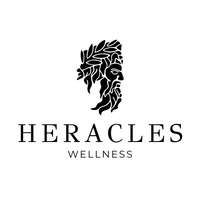





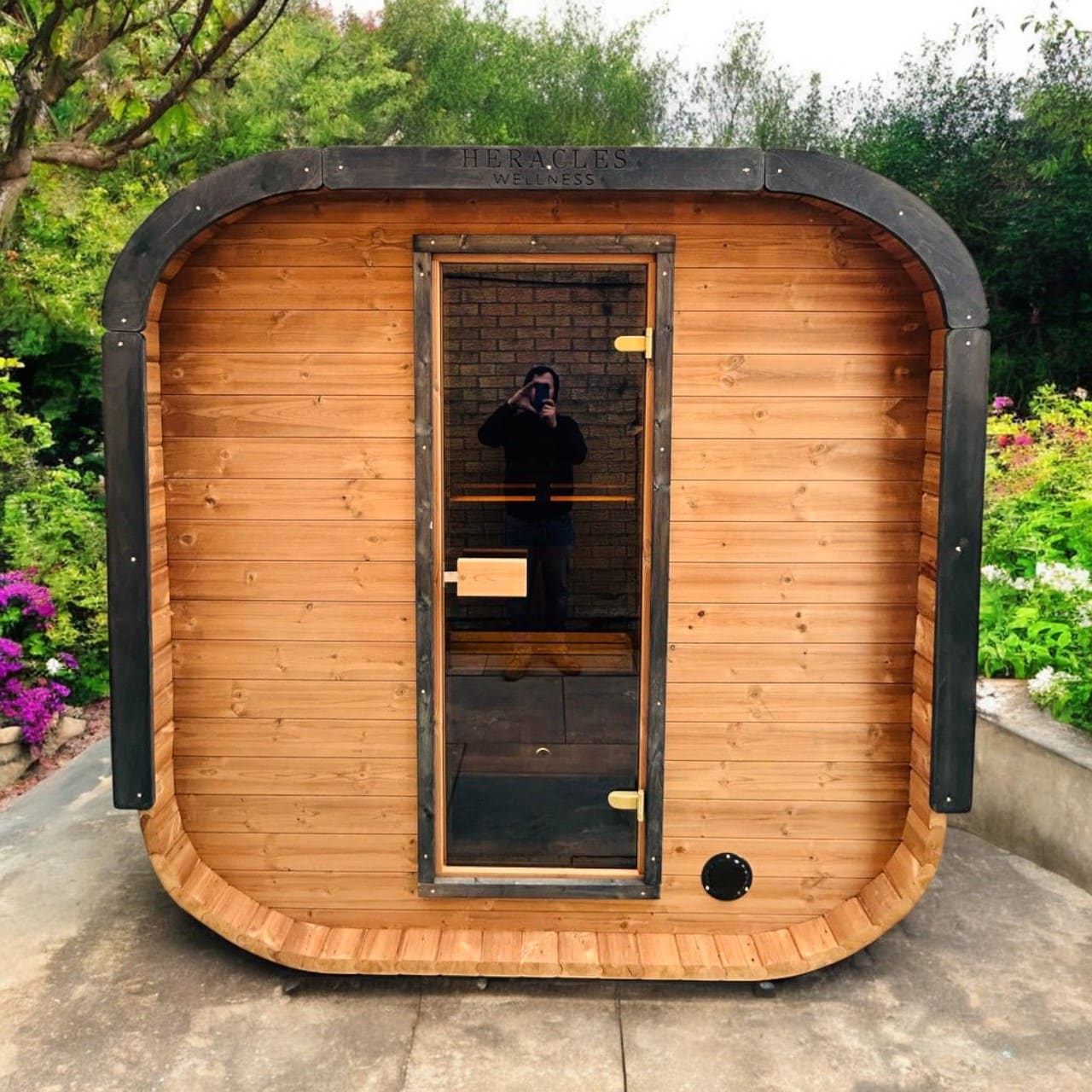
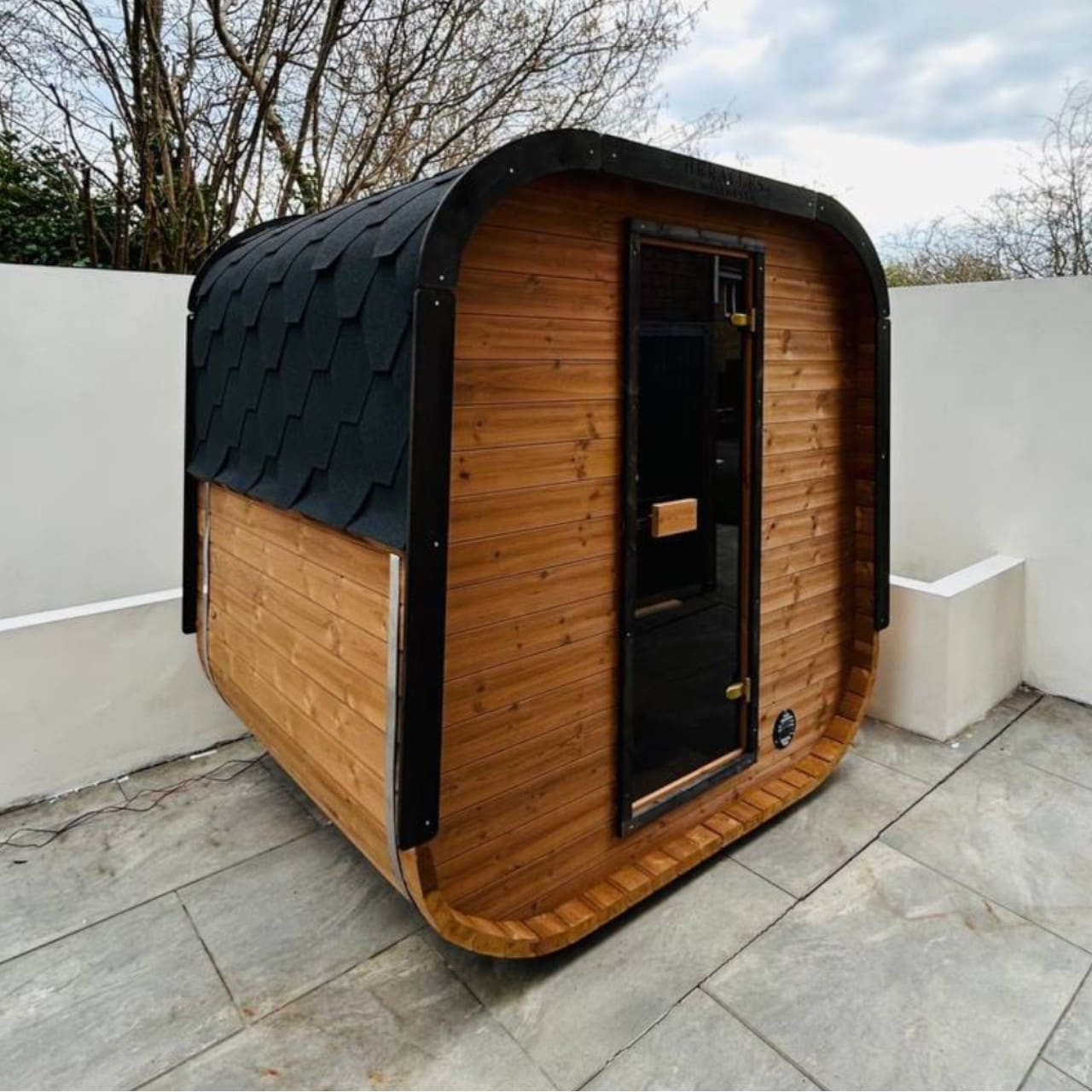
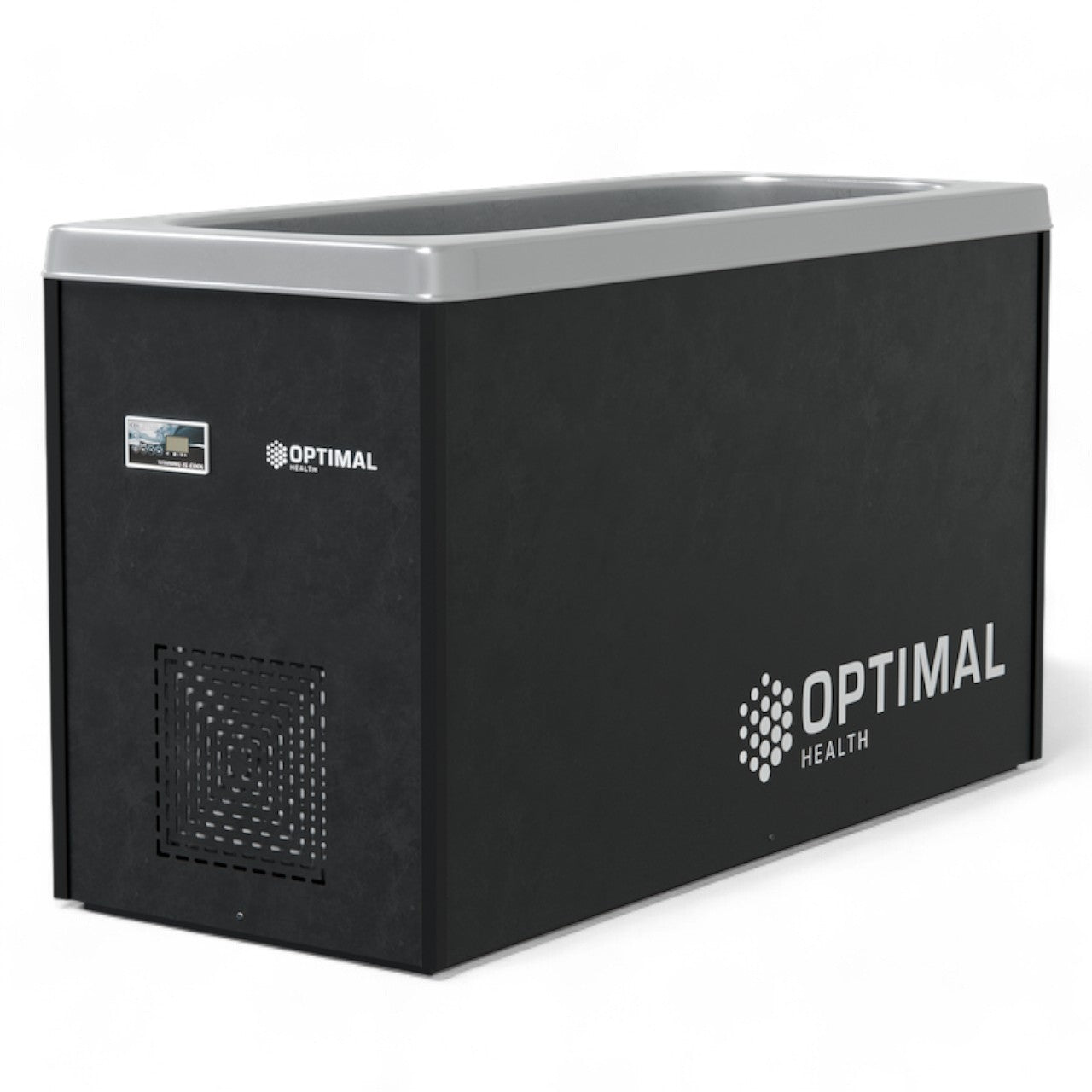
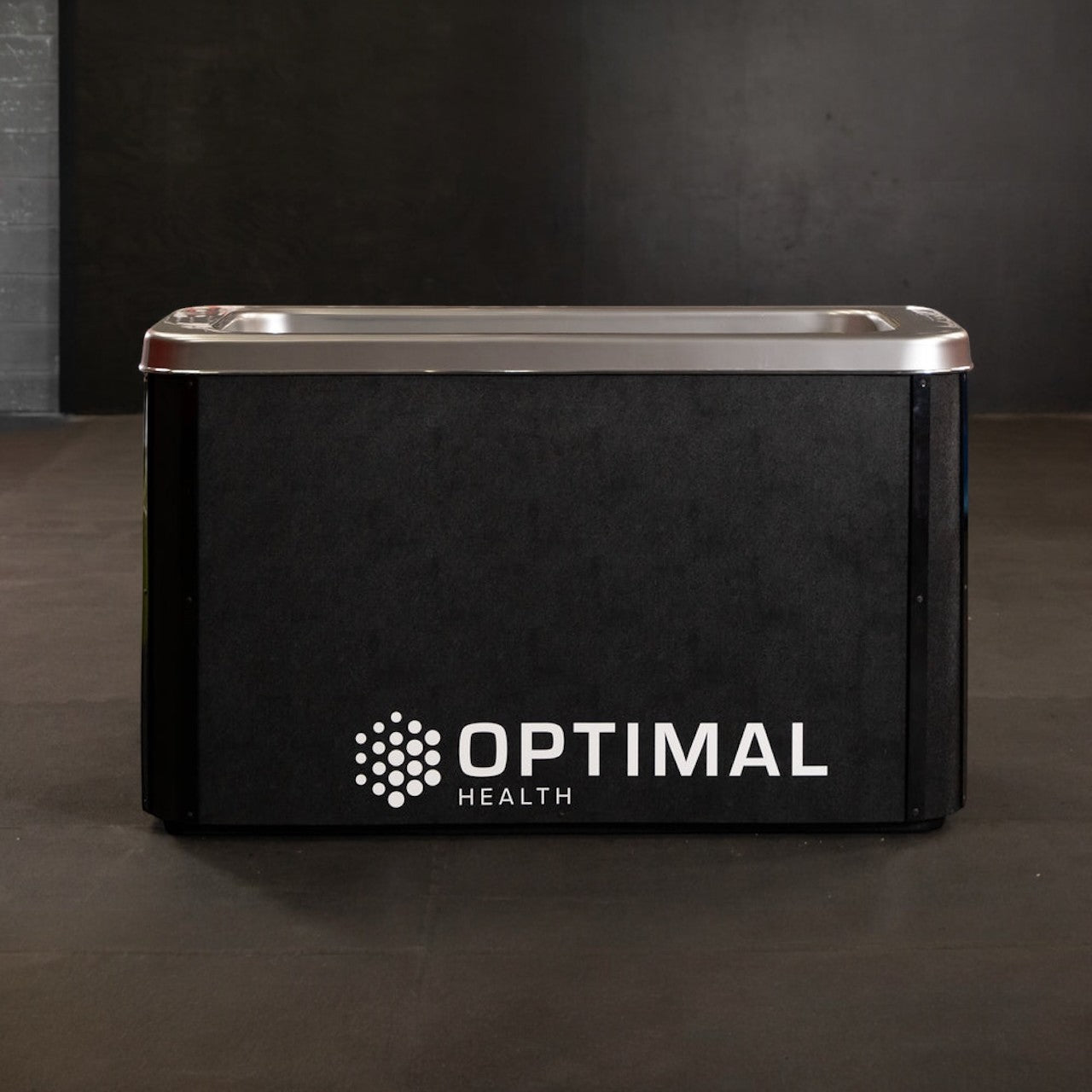


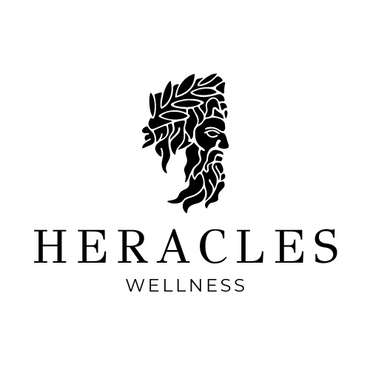

Leave a comment